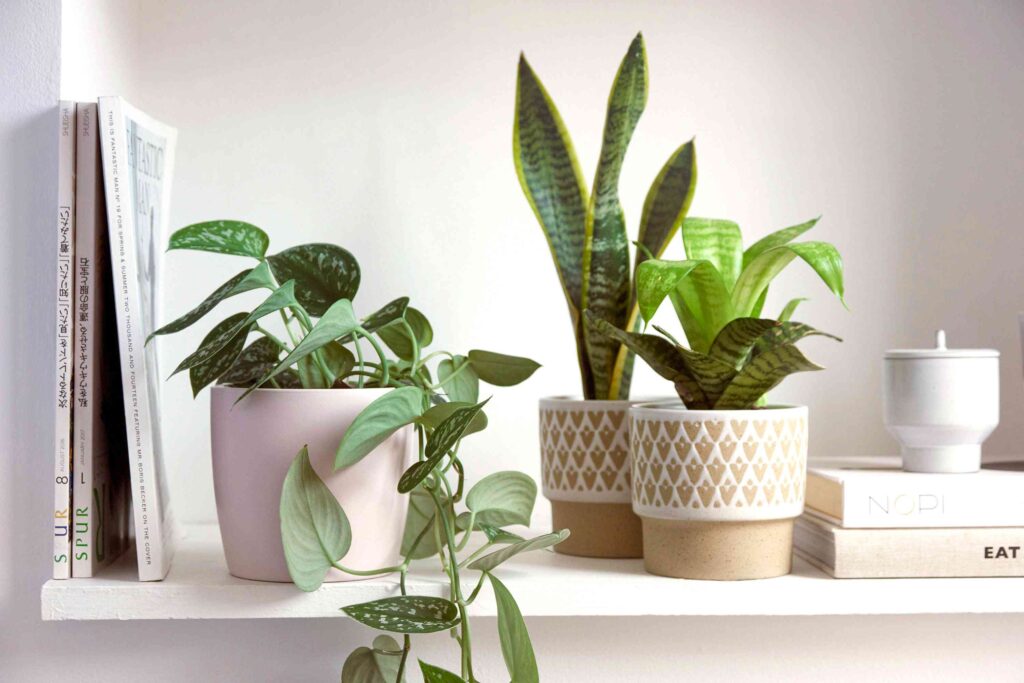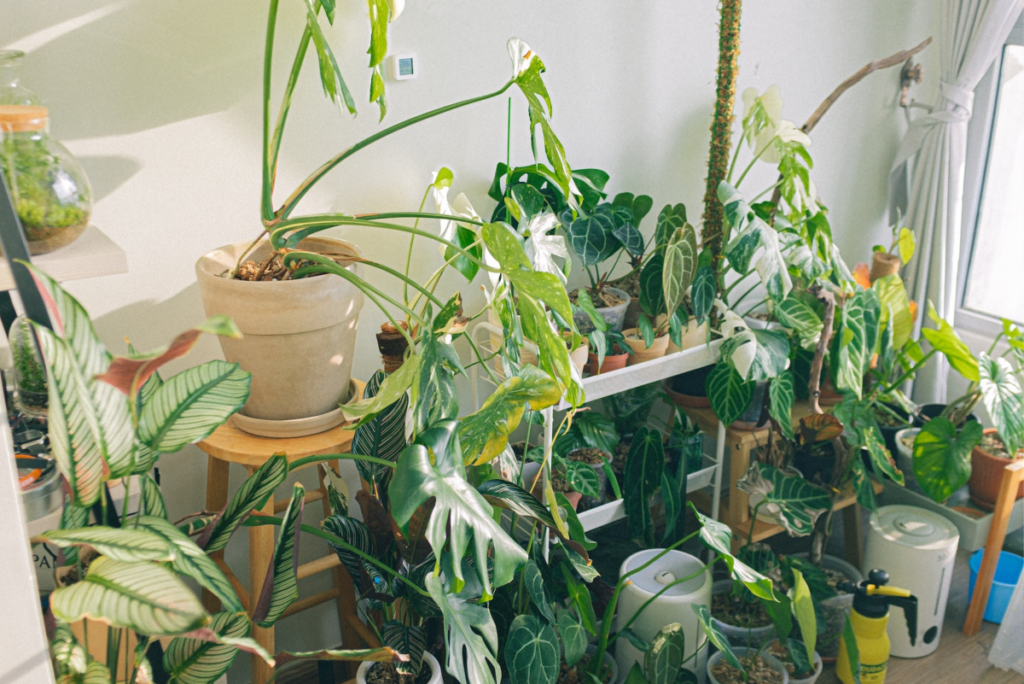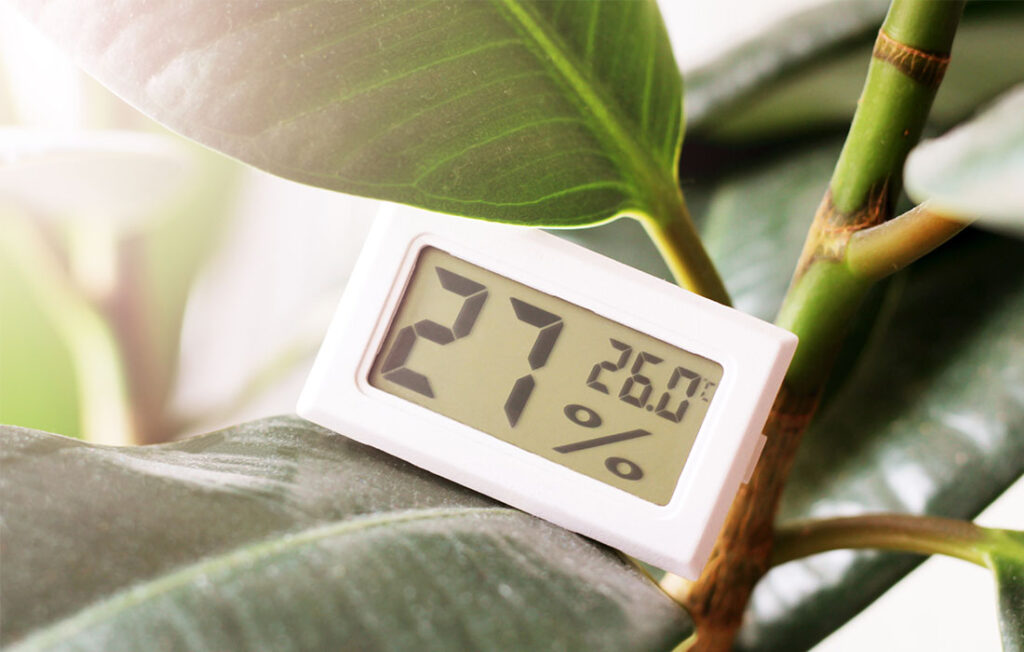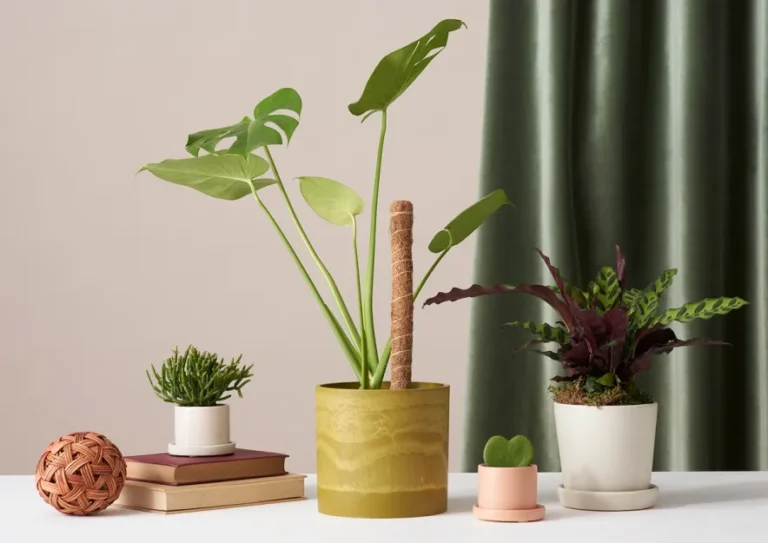Contents
Introduction
When winter rolls around, many of us love cozying up inside with a warm blanket and a hot cup of cocoa. But did you know that your indoor plants are feeling the chill too? Winter can be a tricky time for your leafy friends. With shorter days, less sunlight, and dry indoor air, your plants might struggle to stay vibrant and healthy. But don’t worry—keeping your indoor garden lush and thriving during these colder months isn’t as daunting as it seems!
In this guide, we’ll walk you through simple, effective ways to ensure your plants stay happy and healthy when winter’s grip is upon us. From boosting their light levels to managing humidity and temperature, we’ve got all the tips you need to keep your green buddies looking their best. Think of it as a little winter care package for your plants, so they stay bright and beautiful even when the weather outside is frightful. Ready to give your plants the care they deserve? Let’s dive in!
Understanding Winter Plant Needs
Winter can be a real challenge for indoor plants. The days are shorter, sunlight is scarce, and the air is dry. But understanding these seasonal changes can make all the difference in keeping your plants in tip-top shape. Let’s break down what your plants are dealing with and how you can help them thrive despite the winter blues.

Reduced Light Levels
As the days get shorter and daylight hours decrease, your plants might not be getting enough light. Even if your home gets plenty of natural light, it’s usually not as strong or as consistent as it is in the warmer months. Plants need light to photosynthesize, which is their way of making food and staying healthy. Without enough light, they might become leggy, drop leaves, or stop growing. Don’t panic, though! There are easy fixes to make sure they get the light they need.
Lower Humidity
Indoor heating is great for keeping us warm, but it also makes the air dry—a condition plants don’t love. Many houseplants come from tropical climates where the air is naturally humid, so a sudden drop in humidity can make them feel pretty uncomfortable. Dry air can lead to crispy leaves, brown tips, and even plant stress. Luckily, there are straightforward ways to boost the humidity and keep your plants feeling right at home.
Temperature Fluctuations
Winter can bring about unpredictable temperatures, especially if your home has drafts or if you’re using heating sources that cause temperature swings. Plants prefer a stable environment, and sudden changes in temperature can stress them out. It’s essential to keep your plants away from cold drafts and heating vents to maintain a steady temperature. With a few adjustments, you can create a cozy environment that your plants will appreciate.
By recognizing these winter-specific needs, you’ll be well on your way to giving your indoor plants the care they need to flourish all season long. Keep these factors in mind, and your plants will thank you with vibrant leaves and steady growth, even in the coldest months.
Adjusting Light Conditions
When winter settles in, your plants may not be getting enough natural light. With shorter days and weaker sunlight, it’s up to you to help them out with a little extra light. But don’t worry—adjusting light conditions for your indoor plants doesn’t have to be complicated. Here’s how you can brighten up their winter days and keep them thriving.
Utilize Grow Lights
Grow lights are a game-changer for indoor gardening during winter. They provide the extra light that your plants need to keep growing strong. Think of them as a sun replacement when the natural light just isn’t cutting it. There are plenty of grow lights to choose from, so you can find one that fits your space and budget. Position them a few inches above your plants to mimic the sun’s rays and keep your greenery healthy and happy.
Rotate Your Plants
Rotating your plants is a simple but effective way to ensure they get even light exposure. If you have plants that lean towards the light source, they might end up growing unevenly. By giving them a gentle spin every week or so, you’ll help them grow more symmetrically. It’s like giving them a little turn in the spotlight!

Clean Windows and Light Sources
Dirty windows and light fixtures can block the sunlight that reaches your plants. To maximize the light your plants receive, make sure to keep your windows clean and dust-free. Similarly, wipe down your grow lights and light fixtures regularly. This small step can make a big difference in how much light your plants are getting.
By making these adjustments, you can help your plants soak up the light they need to stay healthy through the winter. With a little extra effort, you’ll be setting them up for a thriving, vibrant season, no matter how gloomy it gets outside.
Managing Humidity Levels
Winter air can be a bit of a dry spell for your indoor plants. With the heating cranked up, the humidity levels inside your home often drop, and that can leave your plants feeling parched and uncomfortable. Thankfully, there are some easy ways to boost humidity and keep your plants happy during these drier months. Here’s how you can manage humidity and ensure your plants stay lush and thriving.
Increase Humidity with Humidifiers
A humidifier can be a lifesaver for plants during winter. By adding moisture to the air, you create a more hospitable environment for plants that thrive in higher humidity. Whether you choose a small room humidifier or a larger one for multiple rooms, this simple device can make a huge difference. Place it near your plants for the best results, and adjust it to keep the humidity levels consistent.
Use Pebble Trays
Pebble trays are a handy, budget-friendly way to increase humidity around your plants. To make one, just fill a shallow tray with pebbles and add water until it’s just below the surface of the pebbles. Place your plant pots on top of the pebbles, and as the water evaporates, it creates a mini humid microclimate around your plants. It’s an easy trick to keep the air moist and your plants content.
Group Plants Together
Plants naturally help each other out when they’re grouped together. By placing your plants closer to each other, they create a small, humid environment as they release moisture through transpiration. This technique works especially well for plants that enjoy higher humidity. Just make sure they’re not too crowded, as they still need some space to grow and breathe.
Managing humidity doesn’t have to be a hassle. With these simple solutions, you can keep the air around your plants just right, helping them to stay healthy and vibrant throughout the winter. By boosting the moisture levels, you’ll be giving your plants the care they need to thrive in even the driest of indoor climates.
Temperature Care
Winter can bring some serious temperature swings that might leave your indoor plants feeling a bit unsettled. Keeping your plants cozy and at a stable temperature is crucial for their health during these colder months. Here’s how you can manage temperature effectively to ensure your green friends stay happy and healthy.
Avoid Drafts
Drafts from windows, doors, or even air vents can be a real stressor for your plants. Cold air can disrupt their delicate balance, leading to problems like leaf drop or stunted growth. To keep your plants comfortable, try to identify any sources of drafts in your home and take steps to shield your plants from them. You might use draft stoppers on doors, or move your plants away from windows and doors where the cold air sneaks in.
Maintain a Stable Temperature
Plants thrive in a stable environment, and sudden changes in temperature can be a big no-no. Most indoor plants prefer a consistent temperature range, typically between 65-75°F (18-24°C). Keep an eye on your home’s temperature, especially if you’re using heaters or air conditioning. If you notice any big fluctuations, try to adjust your heating or cooling systems to keep things steady.
Use a Thermometer
Keeping track of your home’s temperature can be as simple as using a thermometer. By placing a thermometer near your plants, you can monitor the temperature and make sure it stays within the ideal range. There are plenty of affordable, easy-to-use thermometers available, so you can find one that fits your needs and keep your plants in their perfect temperature zone.

By managing temperature effectively, you’ll help your plants navigate the winter months with ease. With a little attention to drafts, a consistent temperature, and some handy tools, you can create a warm and stable environment that your plants will appreciate. Keeping them cozy and comfortable will go a long way in ensuring they stay healthy and vibrant throughout the season.
Watering and Fertilizing
When winter arrives, your plants’ needs change, especially when it comes to watering and fertilizing. Cooler temperatures and less sunlight can affect how much water and nutrients your plants require. Here’s a guide to help you adjust your care routine and keep your plants healthy and well-fed through the winter months.
Adjust Watering Schedules
During winter, your plants’ water needs usually decrease. The reduced light and cooler temperatures mean they’re not growing as quickly, so they don’t need as much water. To avoid overwatering, which can lead to root rot, check the soil moisture before watering. Stick your finger into the soil; if the top inch is dry, it’s time to water. Otherwise, hold off until the soil feels dry. This way, you’ll keep your plants hydrated without risking overwatering.
Avoid Overwatering
Overwatering is a common issue during winter because the cooler, dimmer conditions slow down your plants’ water uptake. It’s easy to assume they need as much water as they did in the summer, but this isn’t the case. Make sure your pots have good drainage, and always let the soil dry out a bit between waterings. Signs of overwatered plants include yellowing leaves, soggy soil, and moldy spots on the soil surface. If you spot these issues, cut back on watering and ensure proper drainage.
Reduce Fertilizer Use
Plants generally need less fertilizer in winter because their growth slows down. Over-fertilizing can lead to nutrient imbalances and potentially harm your plants. Instead, reduce the frequency of fertilizing or pause it altogether during the colder months. If you do fertilize, use a diluted solution and follow the recommended guidelines for winter care. This approach helps prevent nutrient build-up and keeps your plants in balance.
By adjusting your watering and fertilizing routines, you’ll help your plants stay healthy and avoid common winter pitfalls. With a bit of attention and the right practices, you can ensure your indoor garden continues to thrive, even when the temperatures drop and growth slows.
Monitoring and Maintaining Plant Health
Winter can be a tough time for indoor plants, and it’s important to keep a close eye on their health during these colder months. With changes in light, humidity, and temperature, your plants might be more susceptible to pests and diseases. Here’s how to keep your plants in top shape by monitoring and addressing any health issues that arise.
Inspect for Pests
Even indoors, winter can bring its share of pests. Common culprits include spider mites, aphids, and scale insects. These pests can thrive in dry indoor air and may cause damage like yellowing leaves or sticky residue on plants. Regularly inspect your plants for signs of these unwanted guests. Look for webbing, tiny bugs, or discolored spots on the leaves. If you find pests, treat them promptly with insecticidal soap or by gently wiping the affected areas with a damp cloth.
Check for Diseases
Winter’s changes in environment can also lead to plant diseases. Look out for signs like moldy spots, unusual leaf drop, or blackened areas. Diseases often thrive in the damp, low-light conditions that can occur in winter. To prevent diseases, avoid overwatering and ensure good air circulation around your plants. If you spot any problems, address them quickly with appropriate treatments, such as removing affected leaves or using antifungal sprays.
Prune and Trim
Pruning and trimming are excellent ways to keep your plants healthy during winter. Removing dead or yellowing leaves helps your plant focus its energy on new growth and reduces the risk of disease. Trim back any leggy or overgrown stems to encourage a fuller, more balanced appearance. Make sure to use clean, sharp scissors or pruning shears to avoid introducing any pathogens.
By staying vigilant and proactive, you can help your plants navigate the winter months with fewer issues. Regular inspections, timely treatments, and thoughtful pruning will keep your indoor garden looking great and ensure your plants remain healthy and vibrant all season long.
Conclusion
Winter doesn’t have to mean the end of a vibrant indoor garden. With a few simple adjustments and a bit of attention, you can help your plants not only survive but thrive during the colder months. From tweaking light conditions to managing humidity and keeping an eye on plant health, these tips will ensure your green friends stay lush and healthy, even when it’s chilly outside.
Summary of Key Tips
Let’s recap the essentials for keeping your indoor plants happy in winter:
- Light: Supplement natural light with grow lights, rotate your plants for even exposure, and keep windows and light sources clean.
- Humidity: Use humidifiers, create pebble trays, and group plants together to maintain the right moisture levels.
- Temperature: Shield plants from drafts, maintain a stable temperature, and use a thermometer to monitor conditions.
- Watering and Fertilizing: Adjust watering schedules, avoid overwatering, and reduce fertilizing to match the winter growth pace.
- Health: Inspect for pests and diseases, prune and trim as needed, and address any issues promptly.
Encouragement to Enjoy Winter Plant Care
Caring for your plants during winter might seem like a challenge, but it’s also an opportunity to bond with your green companions and keep your home lively and fresh. Embrace the season as a time to fine-tune your plant care routine and enjoy the satisfaction of a thriving indoor garden. Your plants will reward you with their beauty and resilience, making winter a bit brighter and more colorful. So, grab your watering can and get ready to enjoy a flourishing indoor garden all winter long!



